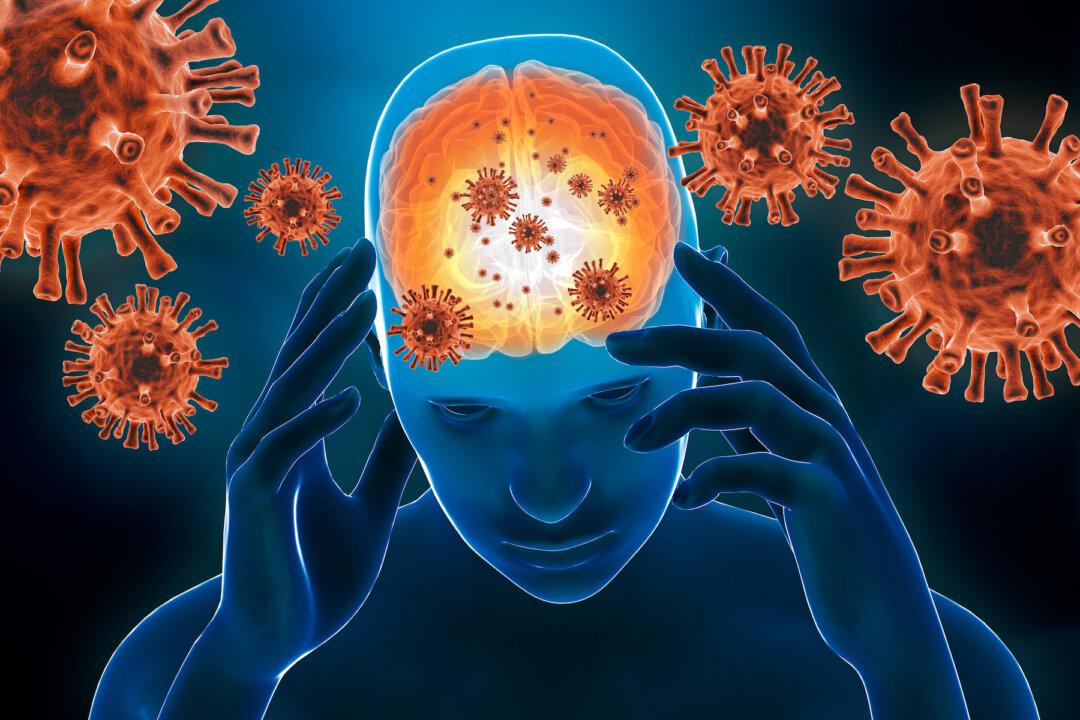Changes in the gene activity inside the brains of severe COVID-19 patients are “strikingly similar” to those seen in people of old age, a new study suggests.
Published this week in Nature Aging, the study focused on genes that are expressed in the frontal cortex, a region in the brain critically responsible for cognition. Age-related deficits in cognitive function have long been attributed to changes within this region.






